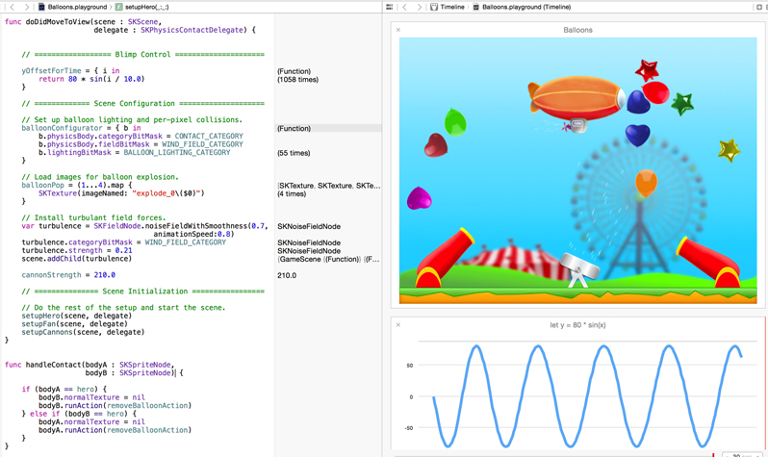
Apple has made no secret of its intent to replace Objective-C, its longtime language for programming iOS and Mac OS X apps, with Swift, which includes a long list of features designed to appeal to developers.
According to new data from TIOBE Software, which maintains a regularly updated index of popular programming languages, Swift has rapidly gained popularity in the year since its debut, hitting fifteenth place. On the same index, Objective-C fell from third place to fourteenth over the past 12 months. Should that shift continue, it seems likely that Swift will pass its predecessor at some point in the next few months.
“Soon after Apple announced to switch from Objective-C to Swift, Objective-C went into free fall,” read TIOBE’s note on the most recent rankings. “This month Objective-C dropped out of the TIOBE index top 10.”
The rankings of other programming languages on the TIOBE index remain largely unchanged, with Java, C, C++, C#, and Python dominating the top five spots—unsurprising, given their collective ubiquity. (In general, the more popular the programming language, the less likely it is to make major movements in the language rankings, at least over shorter periods of time.)
For recruiters looking to hire talent for projects involving iOS and Mac OS X apps, it seems clear that knowledge of Swift is an increasingly important element in a potential candidate’s list of qualifications.